My Visit
After seeing all the reports on this place, I finally got time to get it done myself and what can I say! This place is huge and has lots of cavernous spaces wherever you look. Upon my visit I expected to bump into atleast a few people but to my surprise, the place was dead! Not one person although I'm sure I heard someone on one of the lower stairwell levels.
History
The Liverpool Hebrew Congregation was founded in the 18th Century at the Stanley Street/Cumberland Street Synagogue. Over the years it moved to various premises before construction of a purpose-built synagogue at Seel Street in 1807. A schism in 1838 led to the division of the congregation into the Old Hebrew Congregation and the New Hebrew Congregation. The latter congregation established a synagogue in a warehouse on Hanover Street and subsequently in a building on Pilgrim Street. A purpose-built synagogue was constructed at Hope Place in 1857.
After the First World War, and into the mid-1920s, the Jewish population began to move away from the city centre to the wealthier suburbs and fewer members of the congregation lived within walking distance of Hope Place. In 1928, the Hope Place Congregation began looking for a new site to build a larger synagogue and in 1935 this site was chosen and the lease for the site obtained from the City Corporation. In 1937, on completion of Greenbank Synagogue, the main migration of the Hope Place congregation took place. The congregation re-joined with the Sefton Park Hebrew Congregation and the two reverted to their original name of the New Hebrew Congregation.
In May 1959 a burglar started a fire that destroyed the Ark and Torah scrolls and part of the roof structure. The building was subsequently restored by the original firm of architects at a cost of £50,000 and re-consecrated in 1961. Due to increasing competition the youth centre closed at this time. A further fire occurred in two first floor offices behind the ladies' gallery in 1965 but damage was confined to the former areas.
The art-deco building was listed in 1983, but that listing was upgraded to a Grade II* after closure in 2008 thanks to pressure by the Twentieth Century Society. It was once the largest expanse of roof unsupported by pillars anywhere in the country. The synagogue has received a substantial redevelopment grant and is on all those Heritage At Risk lists
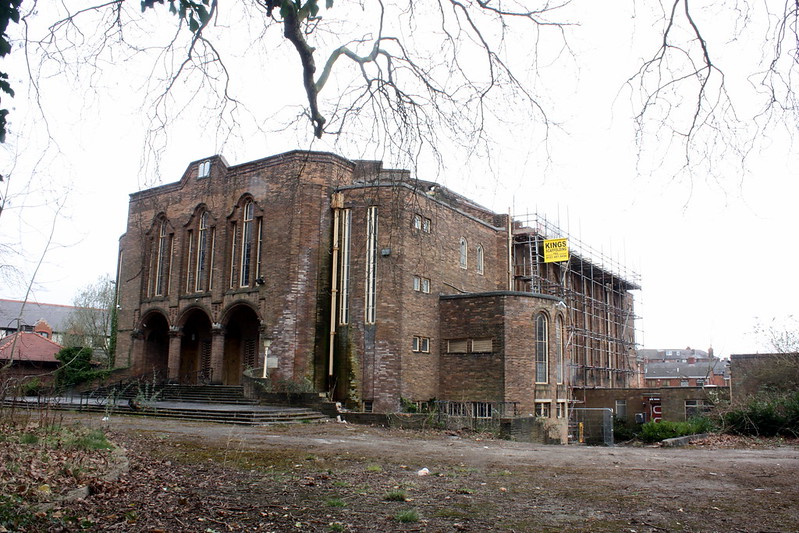
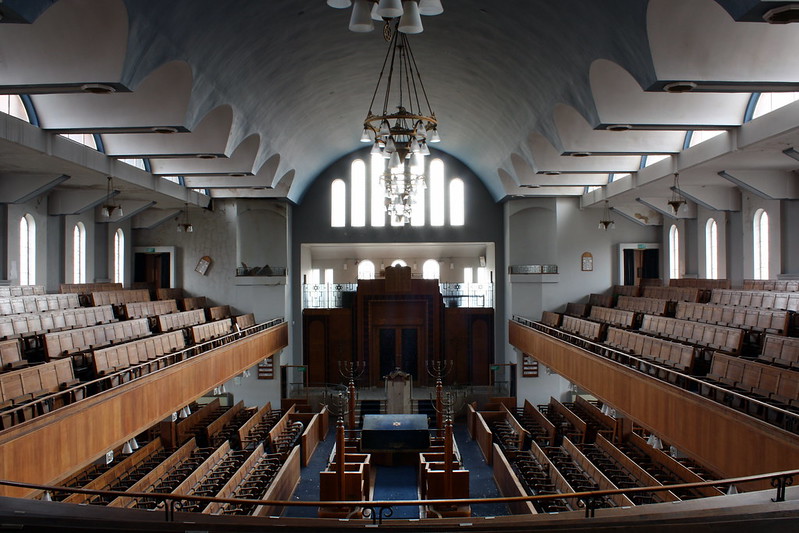
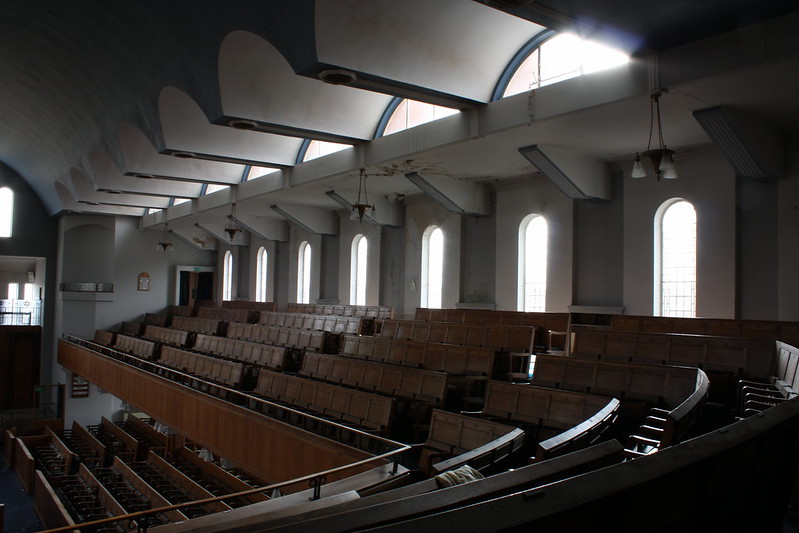
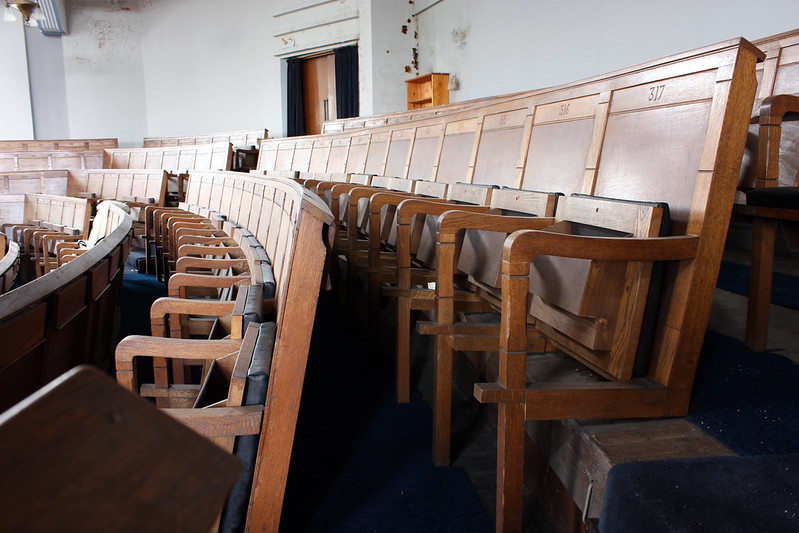
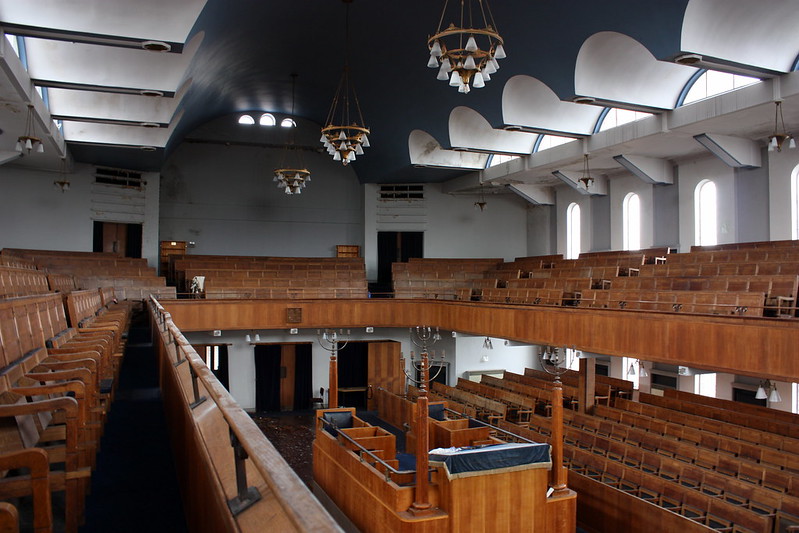
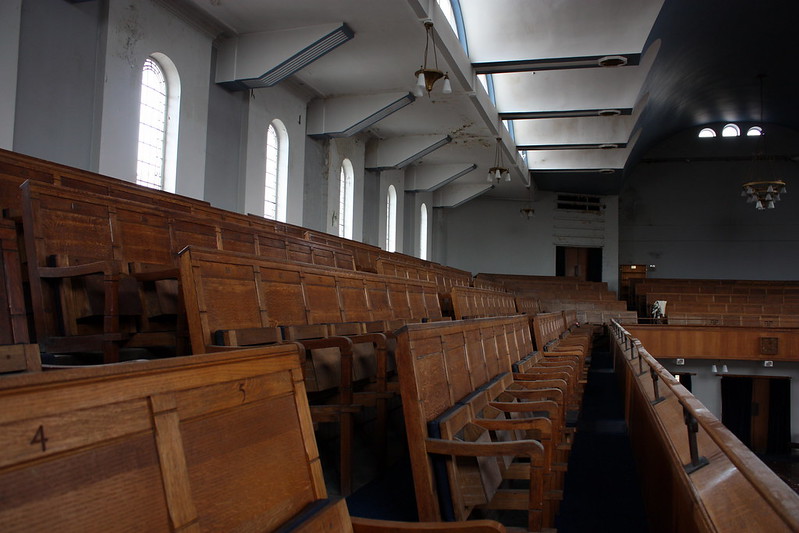
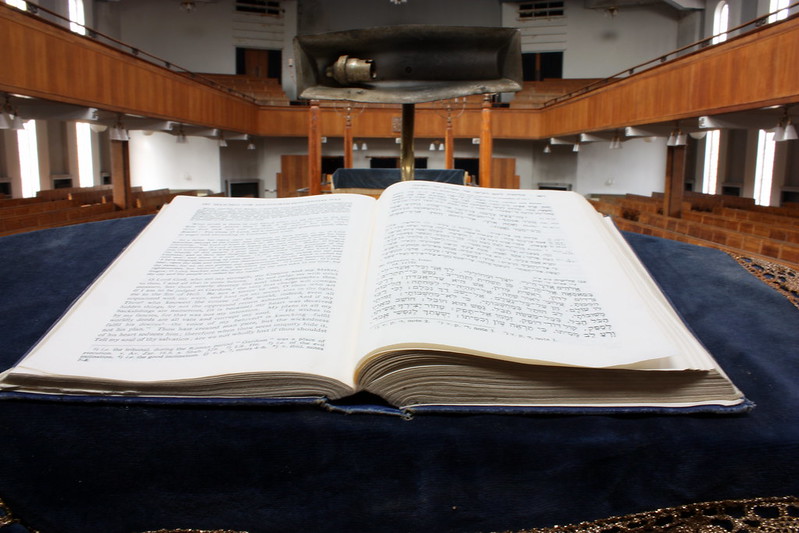
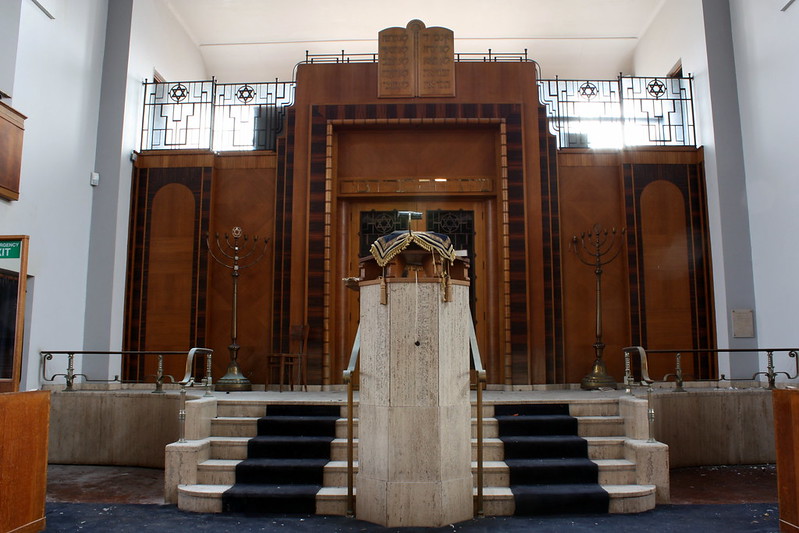
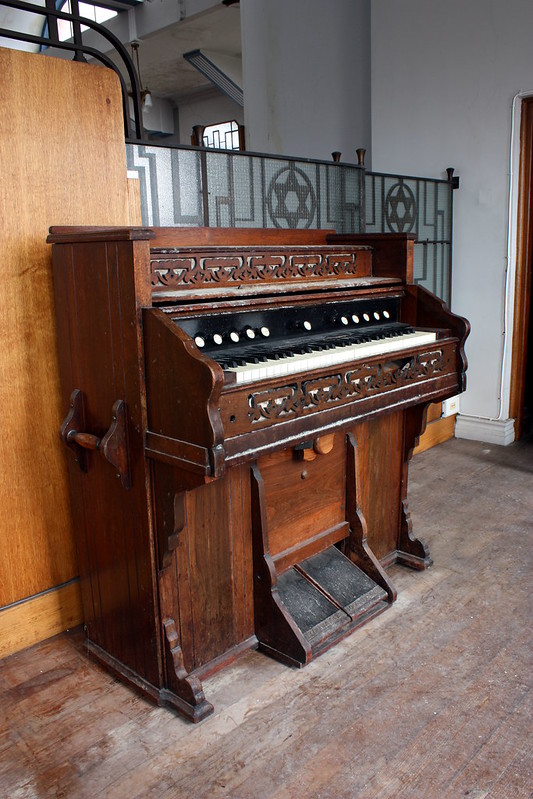
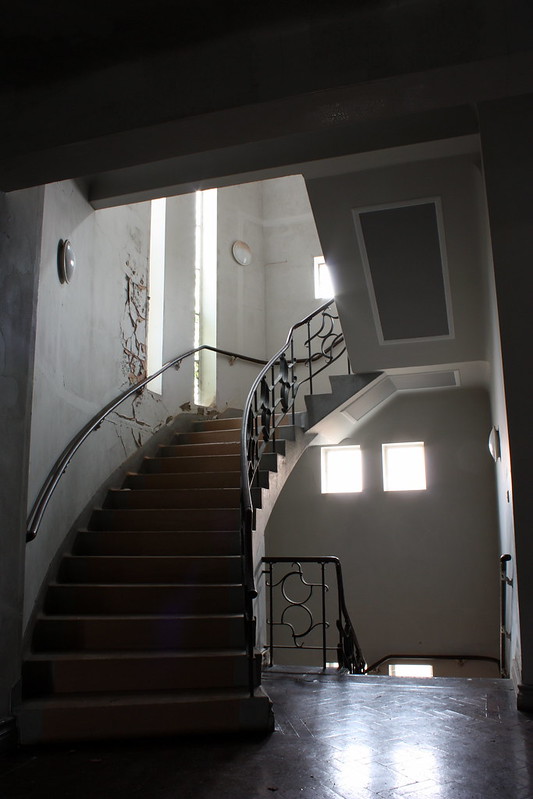
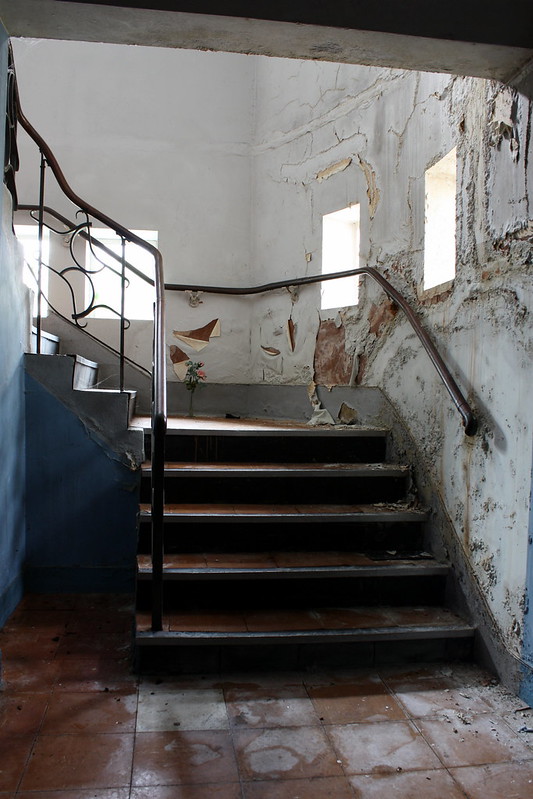
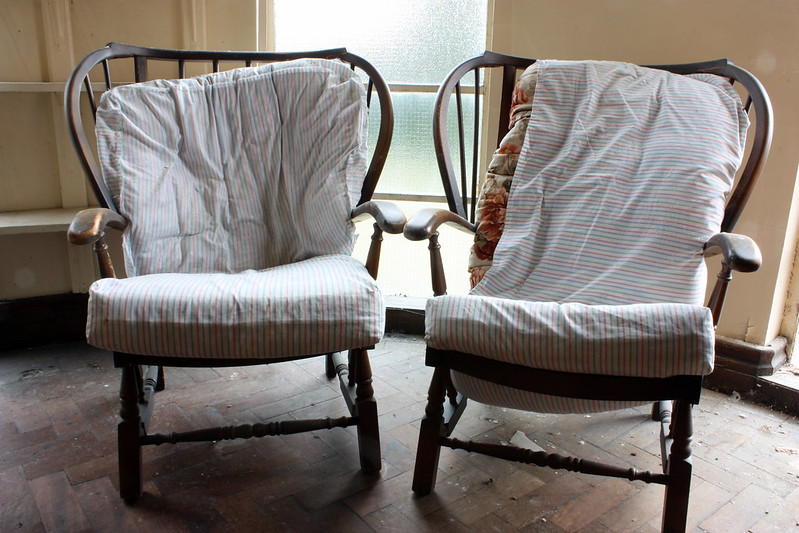
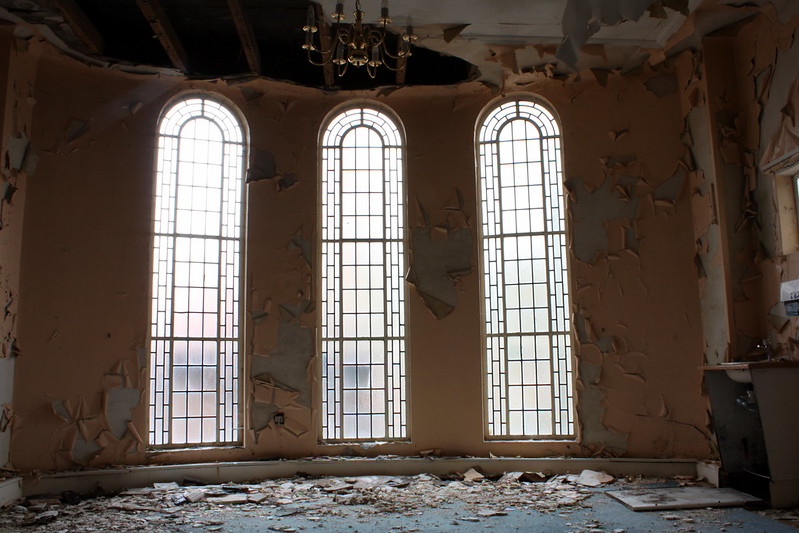
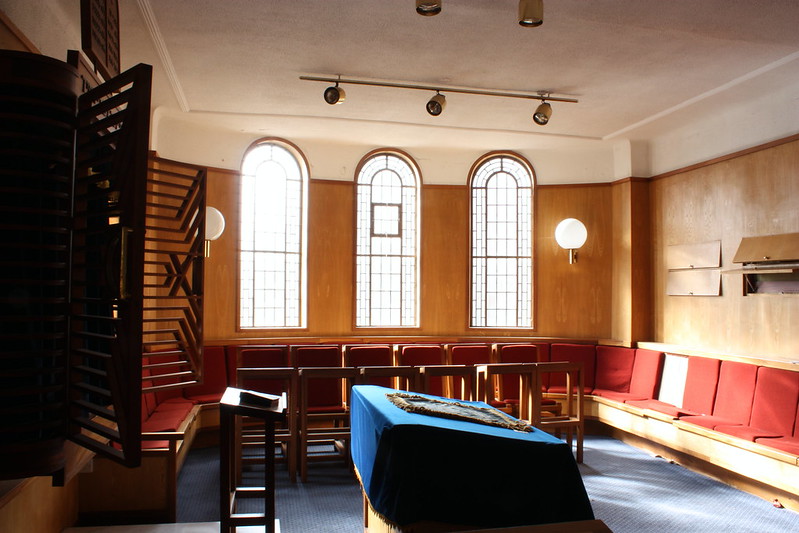
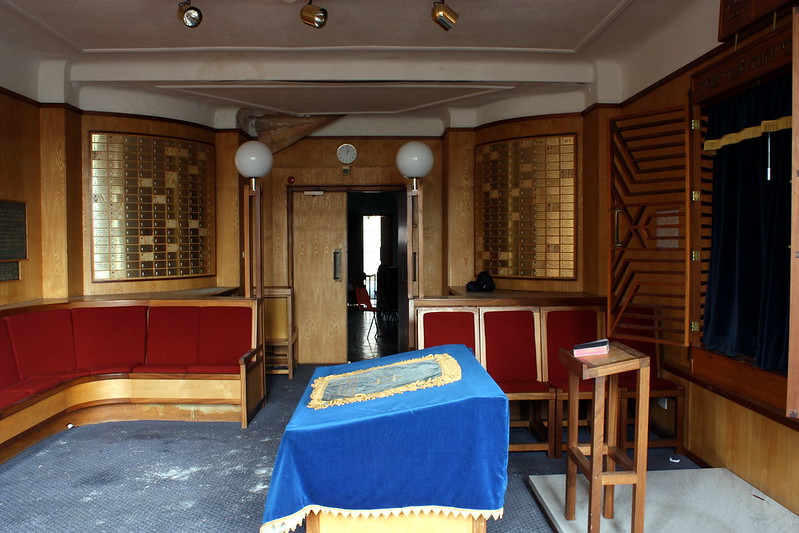
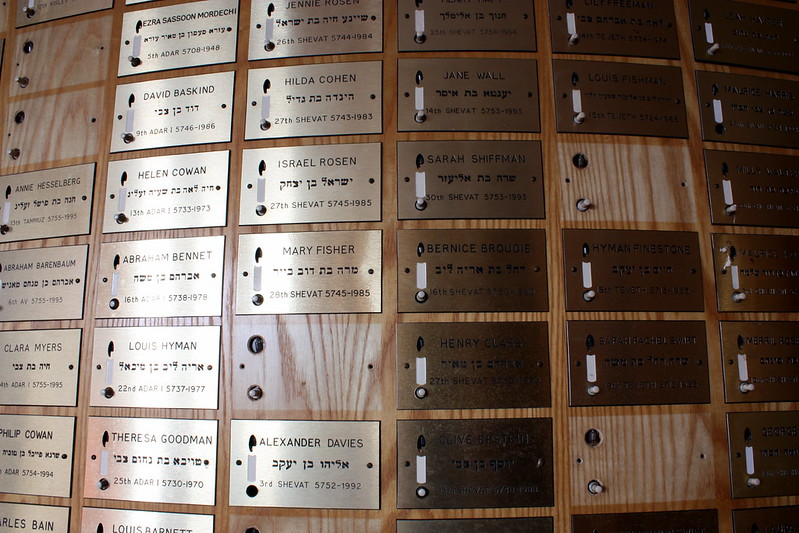
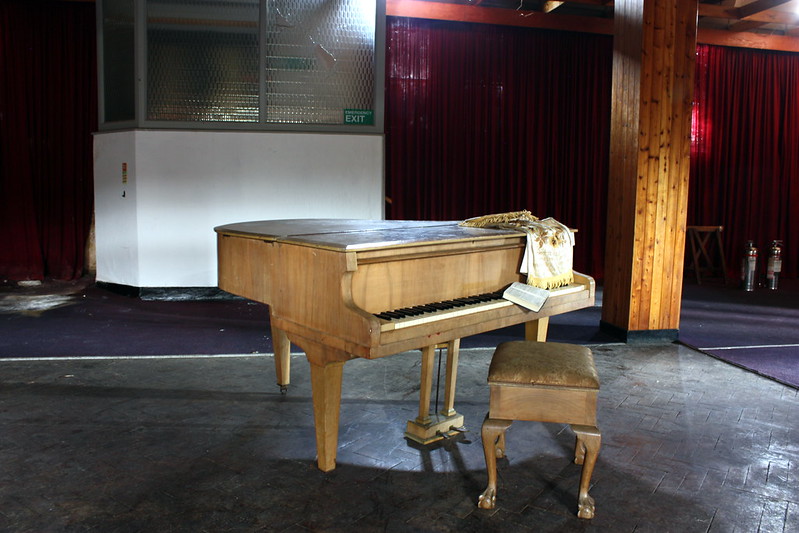
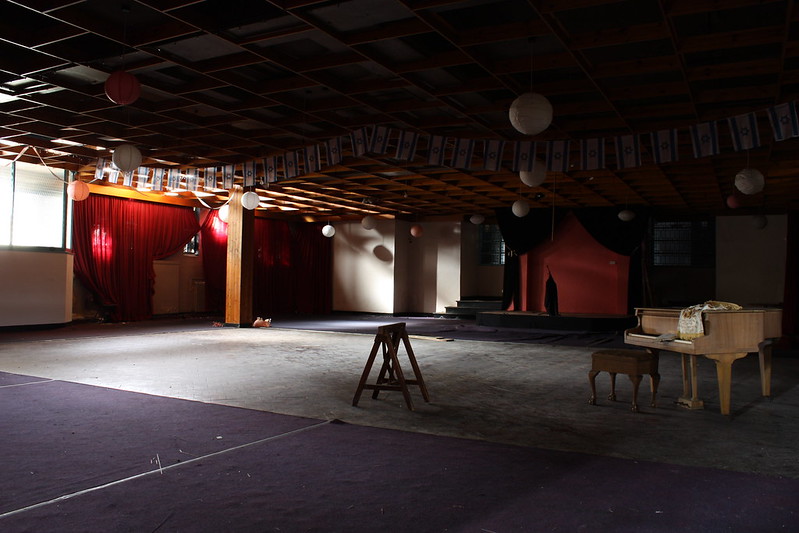
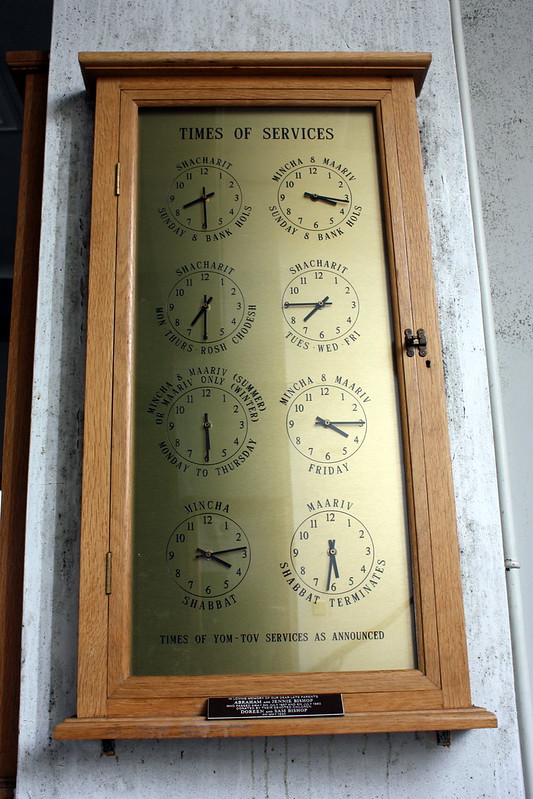
Thanks for looking
After seeing all the reports on this place, I finally got time to get it done myself and what can I say! This place is huge and has lots of cavernous spaces wherever you look. Upon my visit I expected to bump into atleast a few people but to my surprise, the place was dead! Not one person although I'm sure I heard someone on one of the lower stairwell levels.
History
The Liverpool Hebrew Congregation was founded in the 18th Century at the Stanley Street/Cumberland Street Synagogue. Over the years it moved to various premises before construction of a purpose-built synagogue at Seel Street in 1807. A schism in 1838 led to the division of the congregation into the Old Hebrew Congregation and the New Hebrew Congregation. The latter congregation established a synagogue in a warehouse on Hanover Street and subsequently in a building on Pilgrim Street. A purpose-built synagogue was constructed at Hope Place in 1857.
After the First World War, and into the mid-1920s, the Jewish population began to move away from the city centre to the wealthier suburbs and fewer members of the congregation lived within walking distance of Hope Place. In 1928, the Hope Place Congregation began looking for a new site to build a larger synagogue and in 1935 this site was chosen and the lease for the site obtained from the City Corporation. In 1937, on completion of Greenbank Synagogue, the main migration of the Hope Place congregation took place. The congregation re-joined with the Sefton Park Hebrew Congregation and the two reverted to their original name of the New Hebrew Congregation.
In May 1959 a burglar started a fire that destroyed the Ark and Torah scrolls and part of the roof structure. The building was subsequently restored by the original firm of architects at a cost of £50,000 and re-consecrated in 1961. Due to increasing competition the youth centre closed at this time. A further fire occurred in two first floor offices behind the ladies' gallery in 1965 but damage was confined to the former areas.
The art-deco building was listed in 1983, but that listing was upgraded to a Grade II* after closure in 2008 thanks to pressure by the Twentieth Century Society. It was once the largest expanse of roof unsupported by pillars anywhere in the country. The synagogue has received a substantial redevelopment grant and is on all those Heritage At Risk lists



















Thanks for looking

































